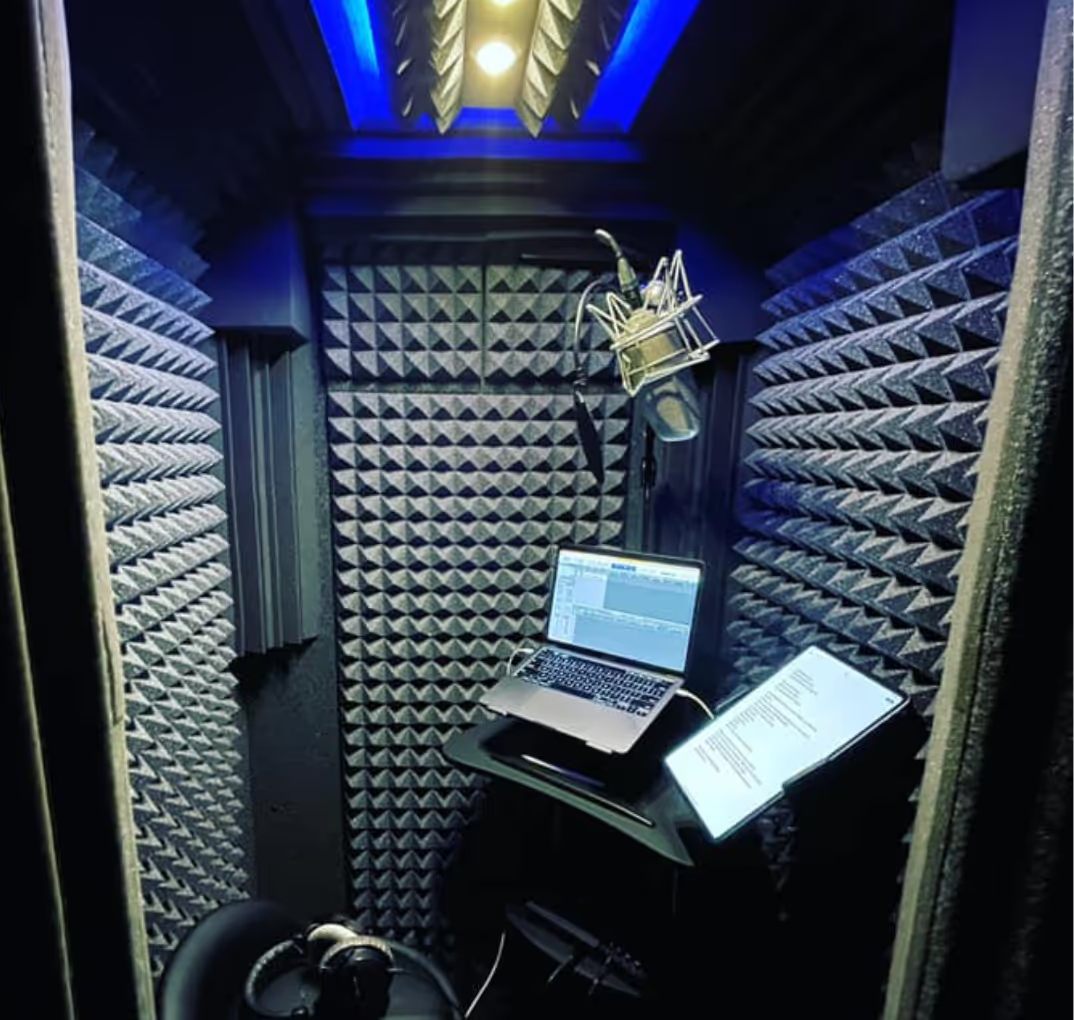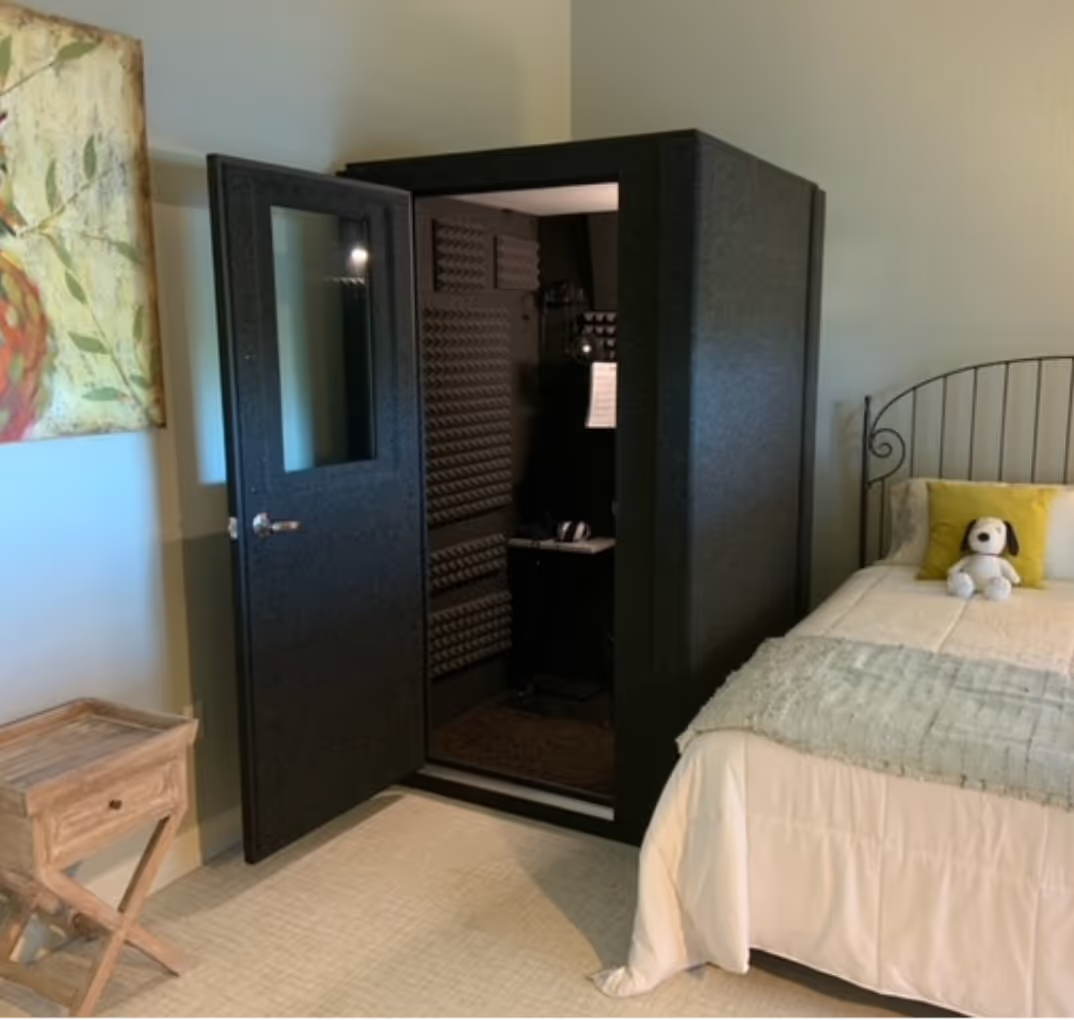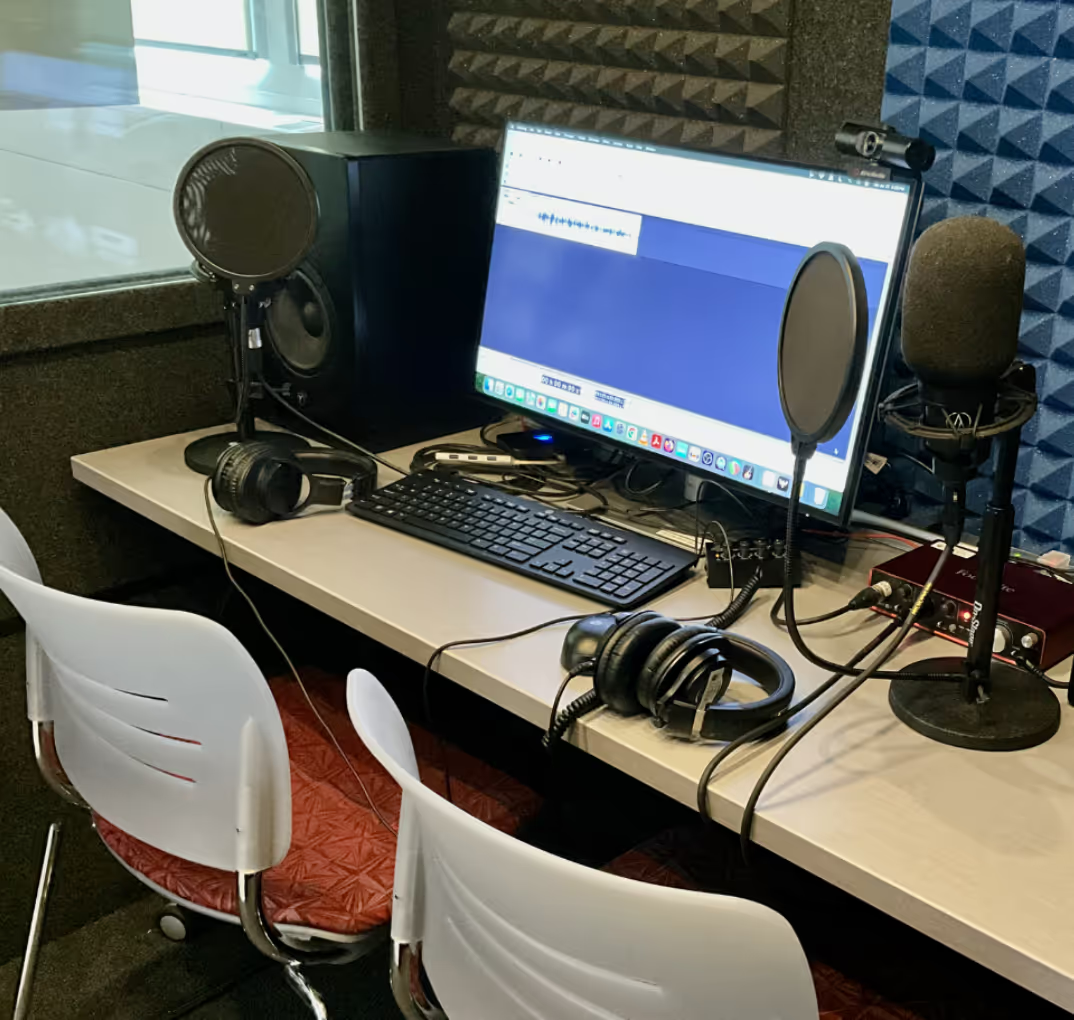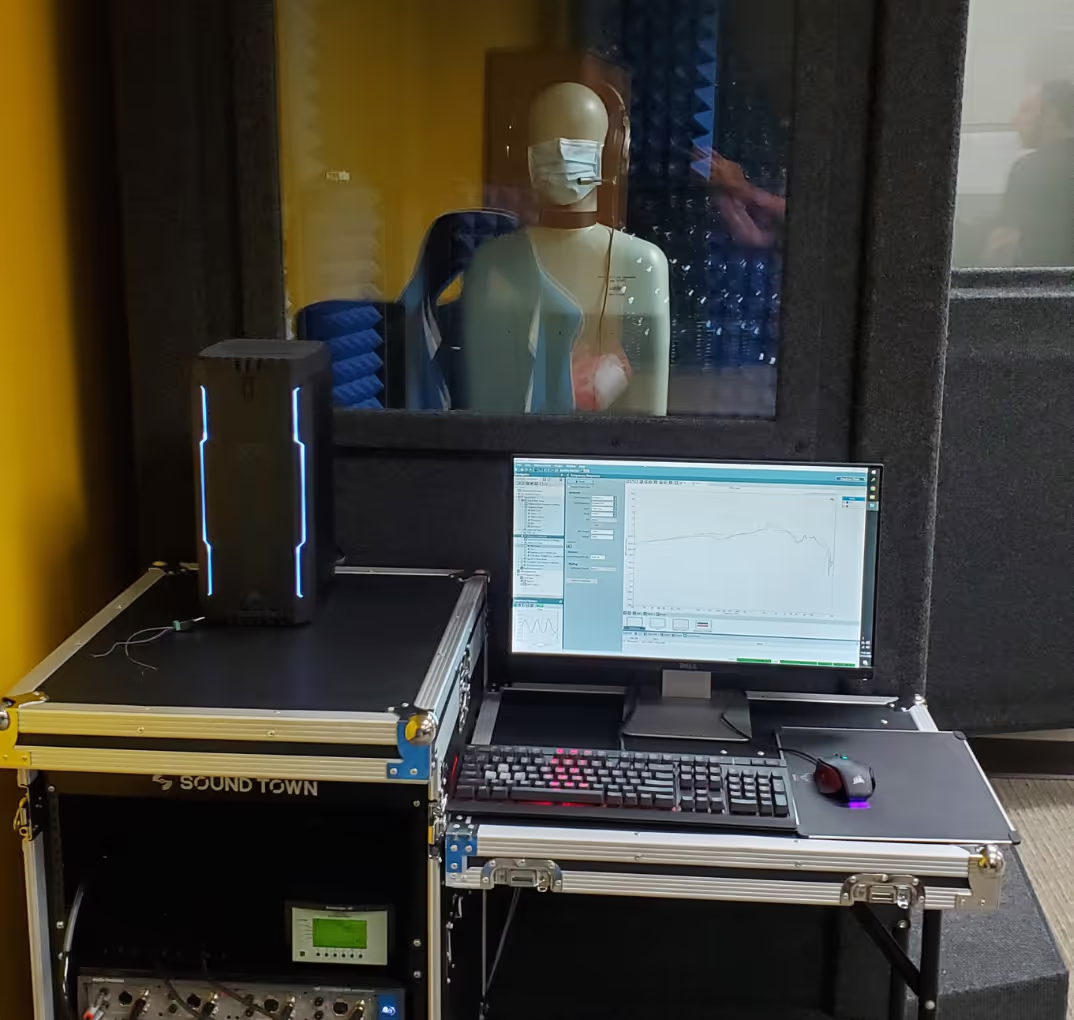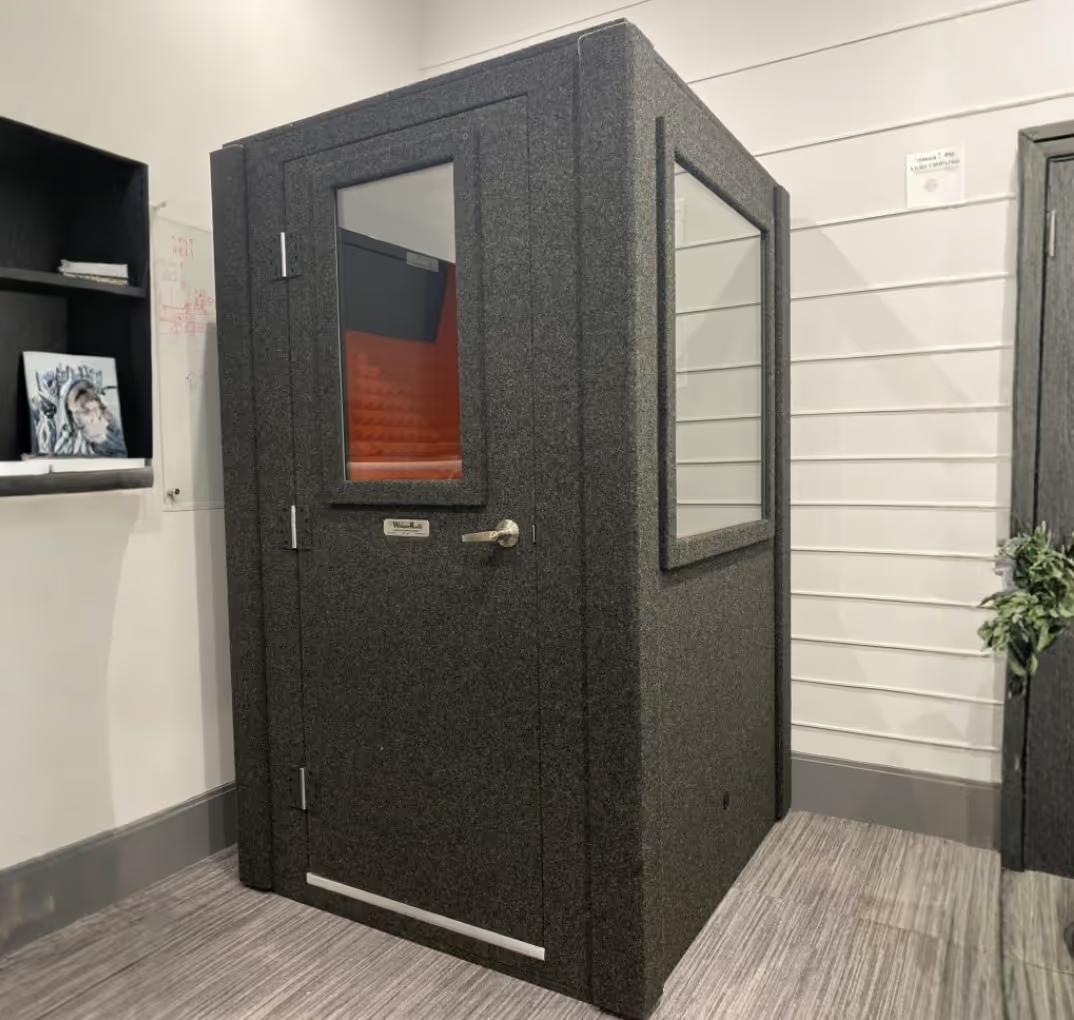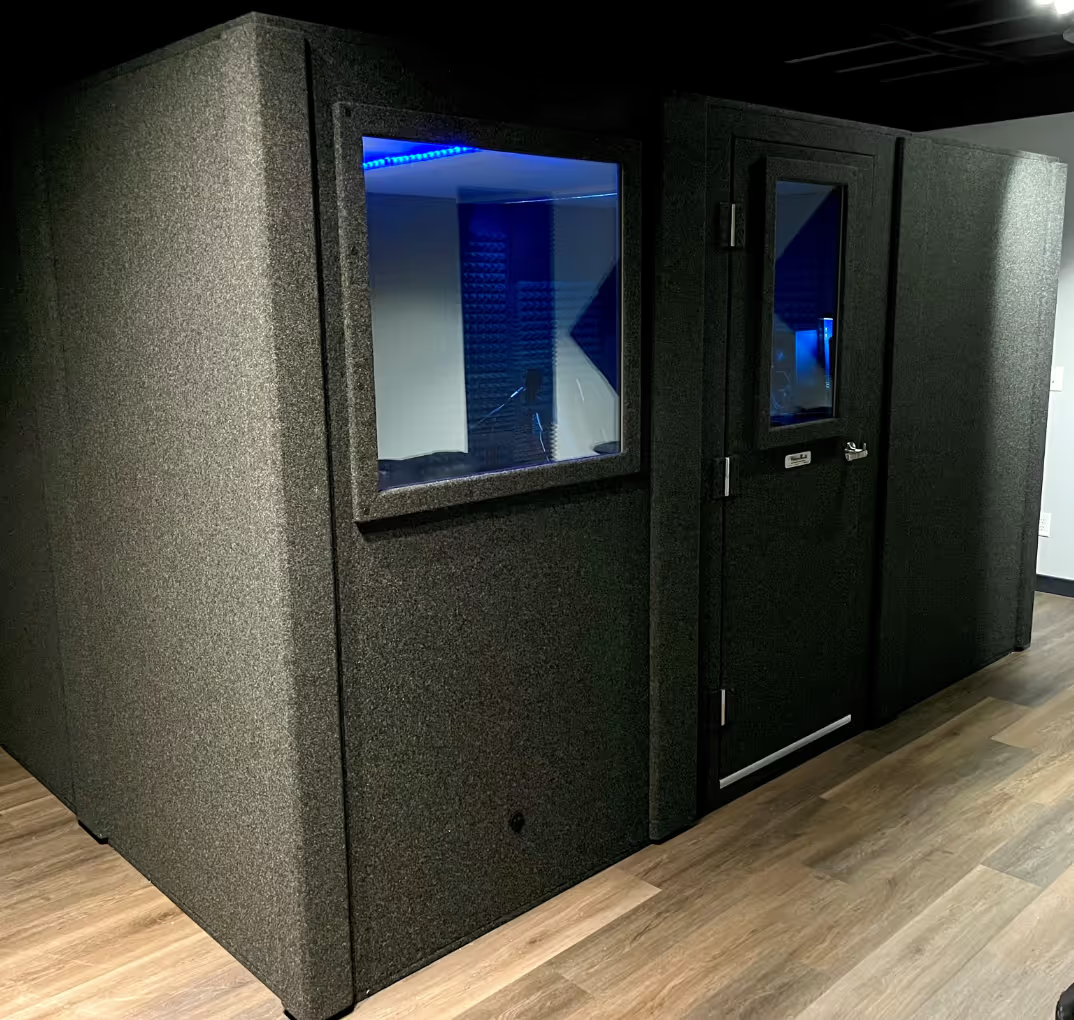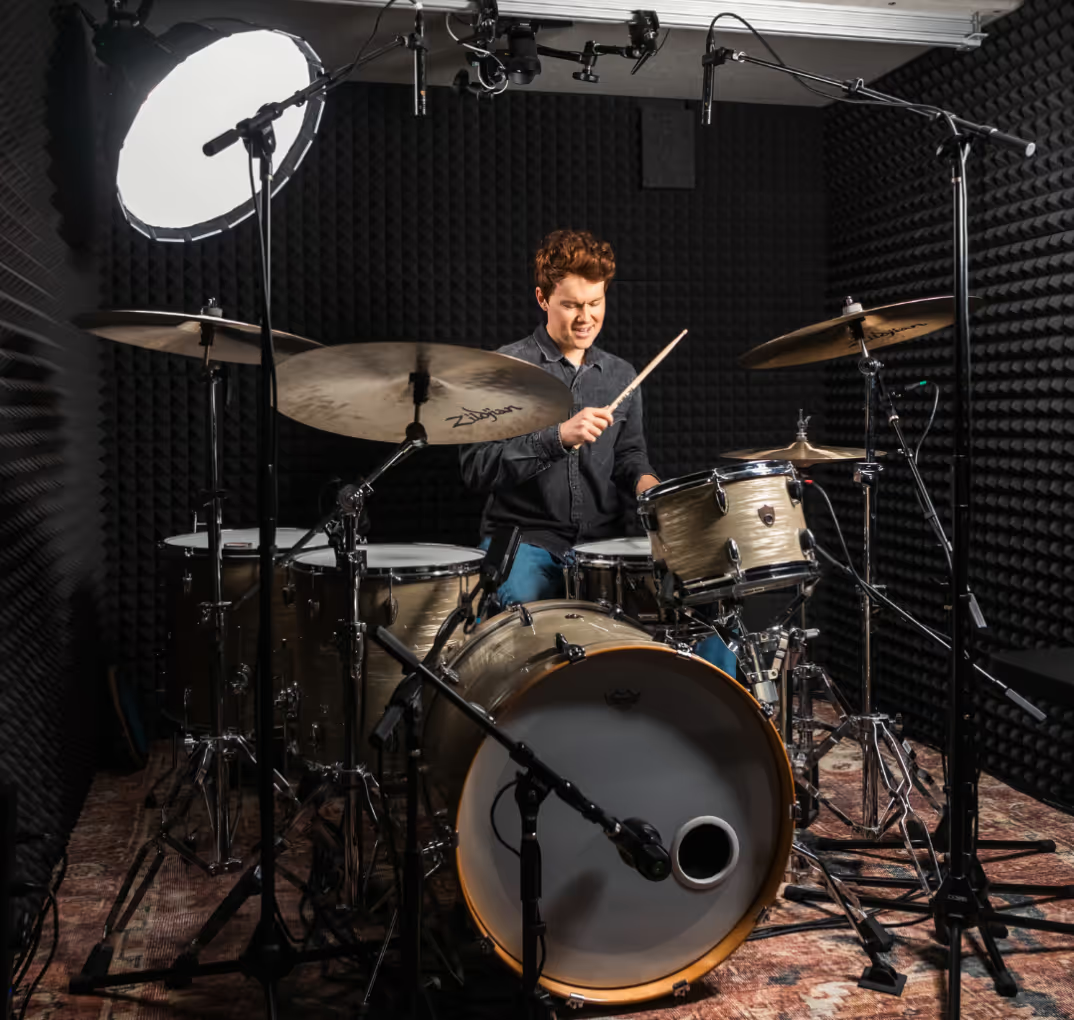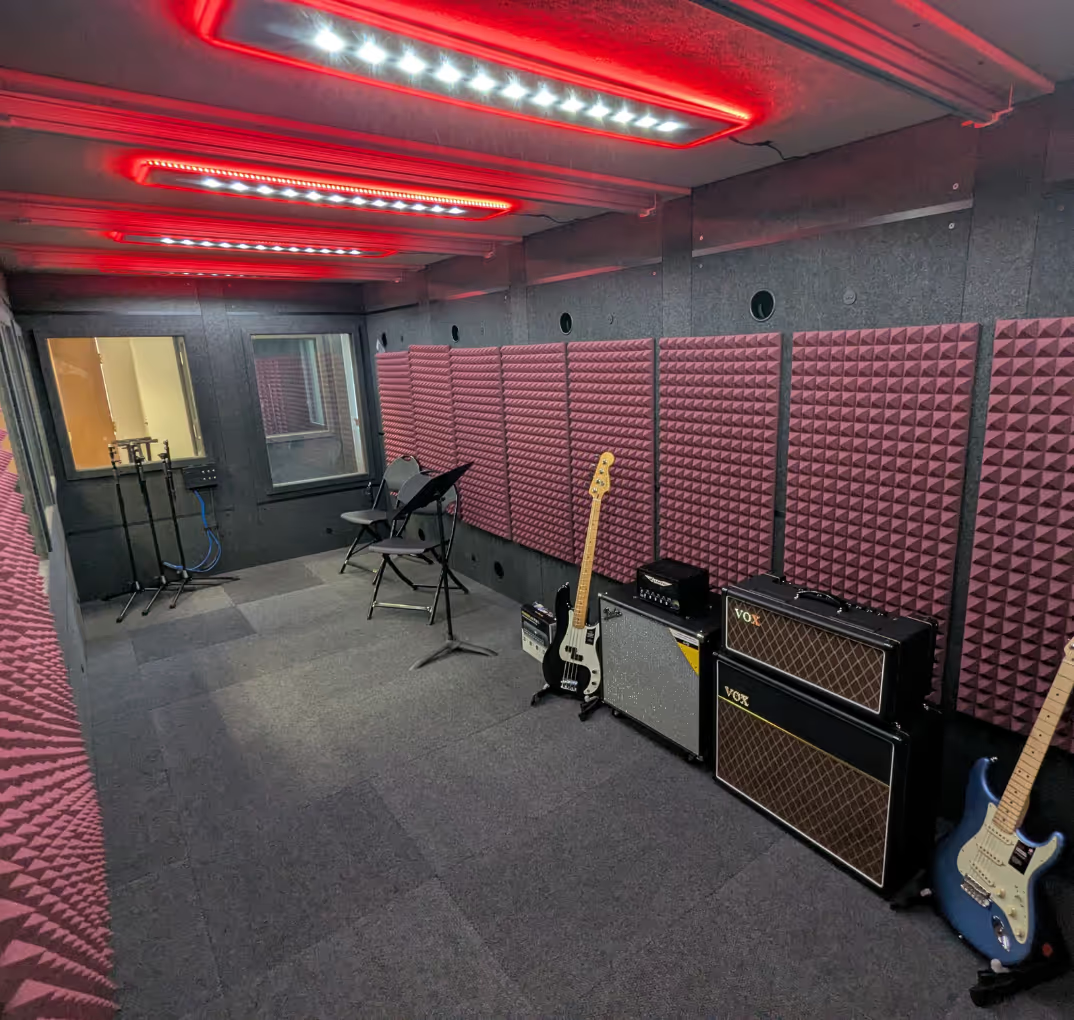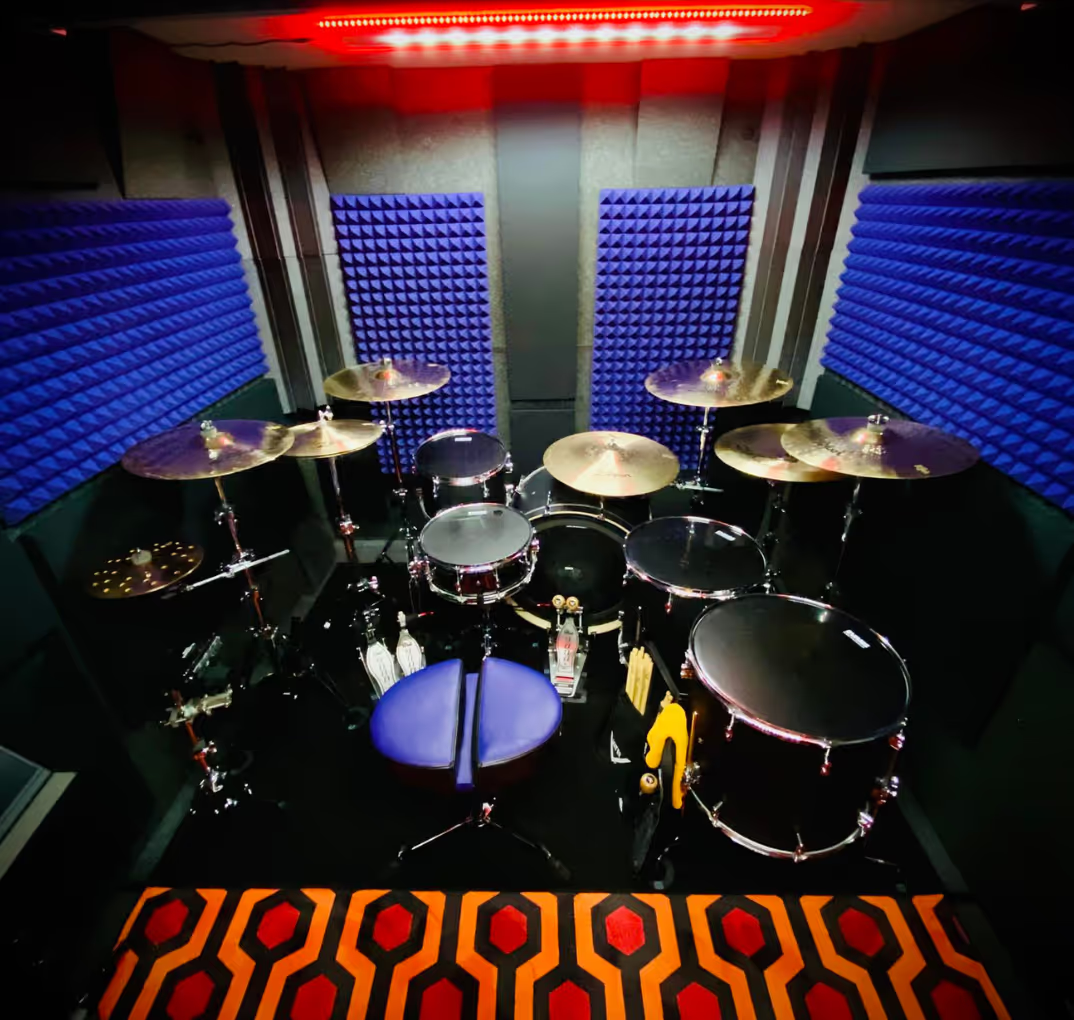Here at WhisperRoom, we want you to accurately comprehend the importance of acoustics. This understanding helps you make better choices when shopping for sound isolation enclosures, equipment for your recording booth, and other gear for your studio.
So what is acoustics? Acoustics is a term referring to the qualities that determine a room's ability to reflect sound waves in such a way as to produce distinct hearing. It also refers to the science of sound with respect to its production, effects, control, transmission, and reception.
Room Acoustics
When you create any sound in a room, what you hear is actually the reflection of the sound wave bouncing off of the walls, floor, and ceiling. The qualities of a room that reflect audible sound are known as the room's acoustics. For instance, if you were to strike an "E" chord on the piano in a small rehearsal space and again in a large auditorium, you would get two different sounds. Each room's acoustics will cause the chord to sound drastically different.
After you release the piano keys, the sound waves will continue to travel until they run out of energy and eventually stop. This resonating persistence of sound is called reverberation. Hence, the chord played in the auditorium will ring out longer than in the small room because both rooms have distinct acoustical characteristics.
A room's reverberation time depends on the room's volume and the ability of its components - ceiling, floor, walls, and equipment - to absorb sound. Similar to controlling the reverberation time of an instrument, you can also take control of the reverberation time inside of a room by making adjustments to the room acoustics such as installing acoustic panels, using sound-absorbing materials, or changing the room's layout.

How to Acoustically Treat A Room: Diffusion and Sound Absorption
Every room has different sounding acoustics and unique reflective surfaces, so it takes some time to figure out how to acoustically treat a room and achieve the sound you are looking for. For starters, the two basic approaches to achieving proper room acoustics are absorption and diffusion. Absorption refers to the use of materials with sound absorptive properties. These materials include foam, heavy blankets, and rigid mineral wool.
Since high-frequency noises travel quicker and not as far of a distance as lower frequencies, absorption works most effectively on high-frequency sounds by reducing flutter echoes. Use absorptive materials to reduce bright sounds in performance halls, practice rooms, and recording studios. Low-frequency energy is more difficult to control because the sound waves are much longer and conventional absorption isn't as effective. In this case, we recommend strategically placing bass traps in the corners of the room.
Different than absorption, diffusion helps control the energy in the room and improves sound quality in middle and high-range spectrum frequencies. It works by using multi-faceted surfaces to scatter sound energy. Common materials for diffusers include plastic, polystyrene, and wood. These materials are also used for various other acoustical treatments.
Where To Place Absorption & Diffusion Technology
In this video, Acoustic Fields engineer Dennis Foley talks about where to place absorption and diffusion elements.
Ideally, a room design takes acoustics into account, and construction of the room occurs with reverberation time calculated. For instance, all the components of a WhisperRoom are produced from the same materials. Due to the unique booth design, there is equivalent sound attenuation for the entire unit. If this is not the case for your atmosphere, you can still improve the acoustics of the room by using absorption and diffusion techniques.
Sound Measuring Devices
When diagnosing a new room's sound environment or improving your current room's acoustics we recommend using a handful of tools. A sound level meter accurately measures sound and noise pollution, while dosimeters and octave band analyzers help measure noise levels.
Acoustically Treating A WhisperRoom
The folks at WhisperRoom understand the importance of a room's acoustics, so we created a cost-effective solution to creating the perfect interior acoustical environment. If you currently own a WhisperRoom or are considering investing in one of our portable recording studios - make sure to check out an optional feature called the Acoustic Tuning Package (ATP).
The ATP consists of a series of angled deflector panels attached to the interior surface of two perpendicular walls. Open voids created behind each angled deflector panel provide soundwave entrapment and help combat standing waves. It also includes studio foam on the deflector panels to control mid to high frequencies, and LENRD bass traps control bass frequencies. Check out the video below!
The ATP provides a very flexible and cost-effective solution to easily create the ideal interior acoustical environment.
To better understand acoustics, it's helpful to familiarize yourself with a few key terms:
• Amplitude: refers to the size of sound vibration and is primarily responsible for determining the loudness of the sound.
• Frequency: refers to sound vibration's speed and it determines the sound's pitch. The number of sound wave cycles occurring in a single second determines the Hertz (Hz for short).
• Fullness: refers to the amplitude of the reverb relative to the initial sound.
• Clarity: refers to the sound achieved by the reduced amplitude of the reverb and it generally has a shorter reverb time. It is the opposite of fullness.
• Liveness: refers to a room with a long reverb time. The term "live room" refers to this.
• Deadness: refers to a room with a short reverb time. The term "dead room" refers to this.
• Intimacy: refers to a room that delivers the first reverb sound to the listener within 20 milliseconds of the direct, aka initial, sound. It results in the listener's experience of being physically close to the performer.
• Warmth: also referred to as brilliance, is the reverb time at low frequencies relative to higher frequencies.
• Texture: refers to the interval of time between the arrival of the direct sound and the first reverberations. The first five reflections need to reach the listener within 60 milliseconds for the noise to have a good texture.
• Blend: refers to the sound mix of all performers and its uniform distribution to listeners. In a live performance, this often requires reflectors to help properly distribute the sounds.








.avif)
.avif)
.avif)

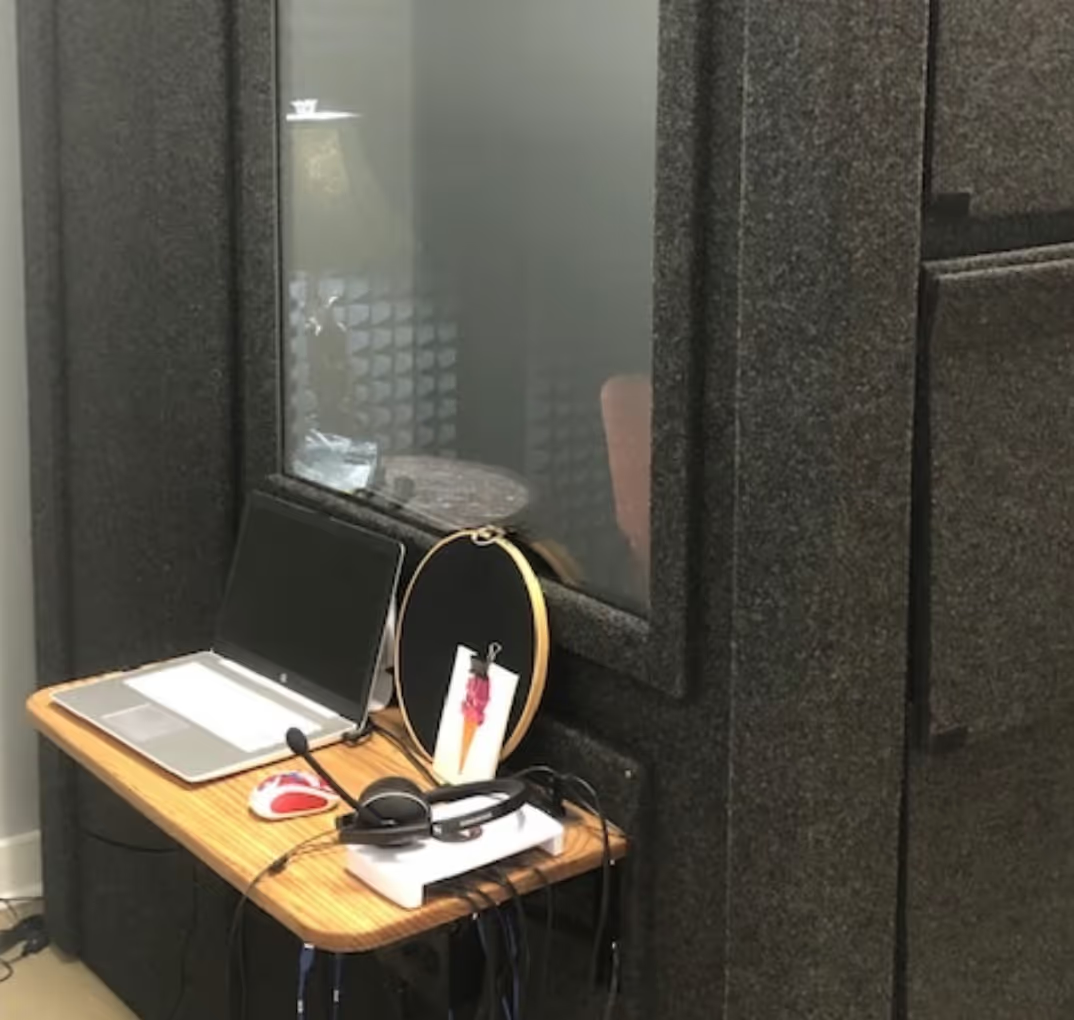
.avif)
.avif)

.avif)
.avif)
.avif)
.avif)
.avif)
.avif)
.avif)
.avif)
.avif)
.avif)
.avif)
.avif)
.avif)
.avif)

.avif)
.avif)

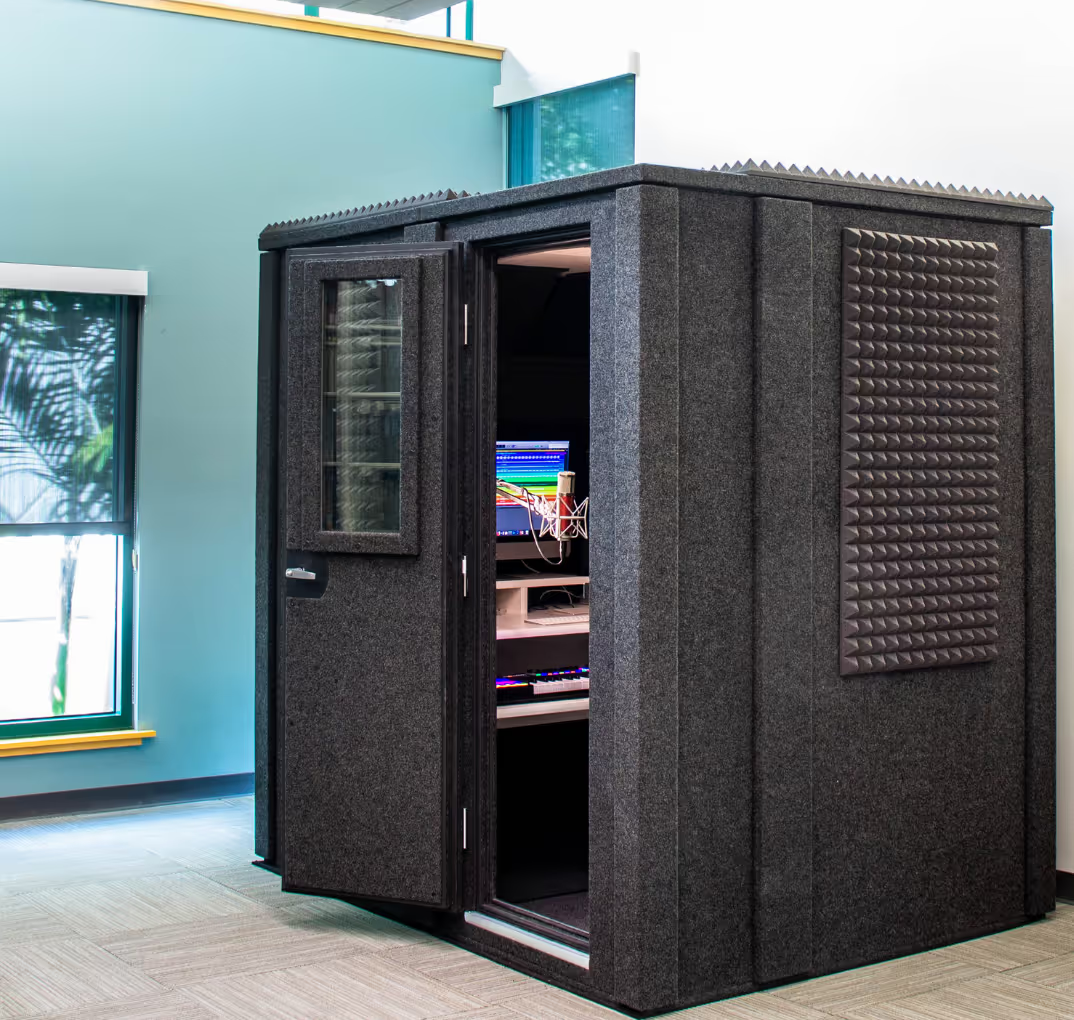

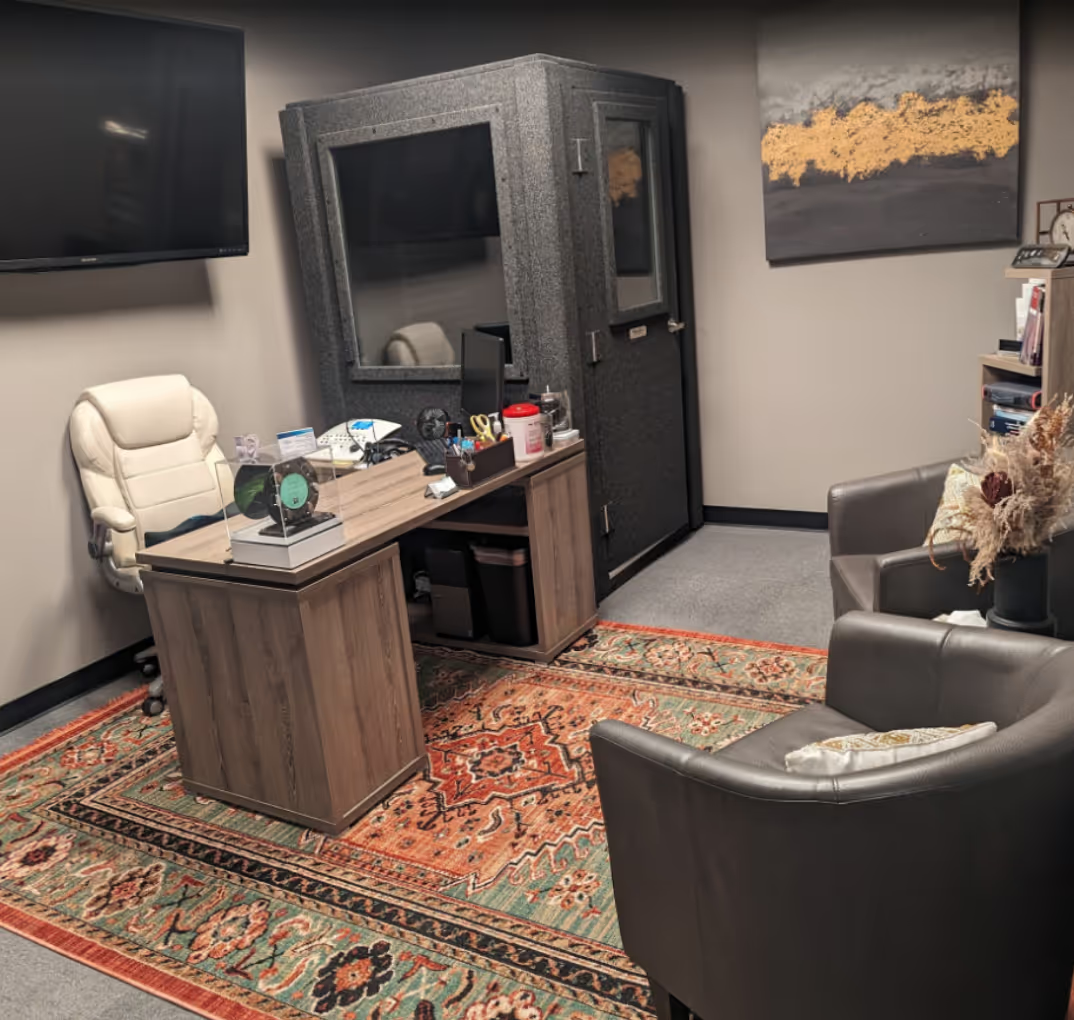



.avif)









